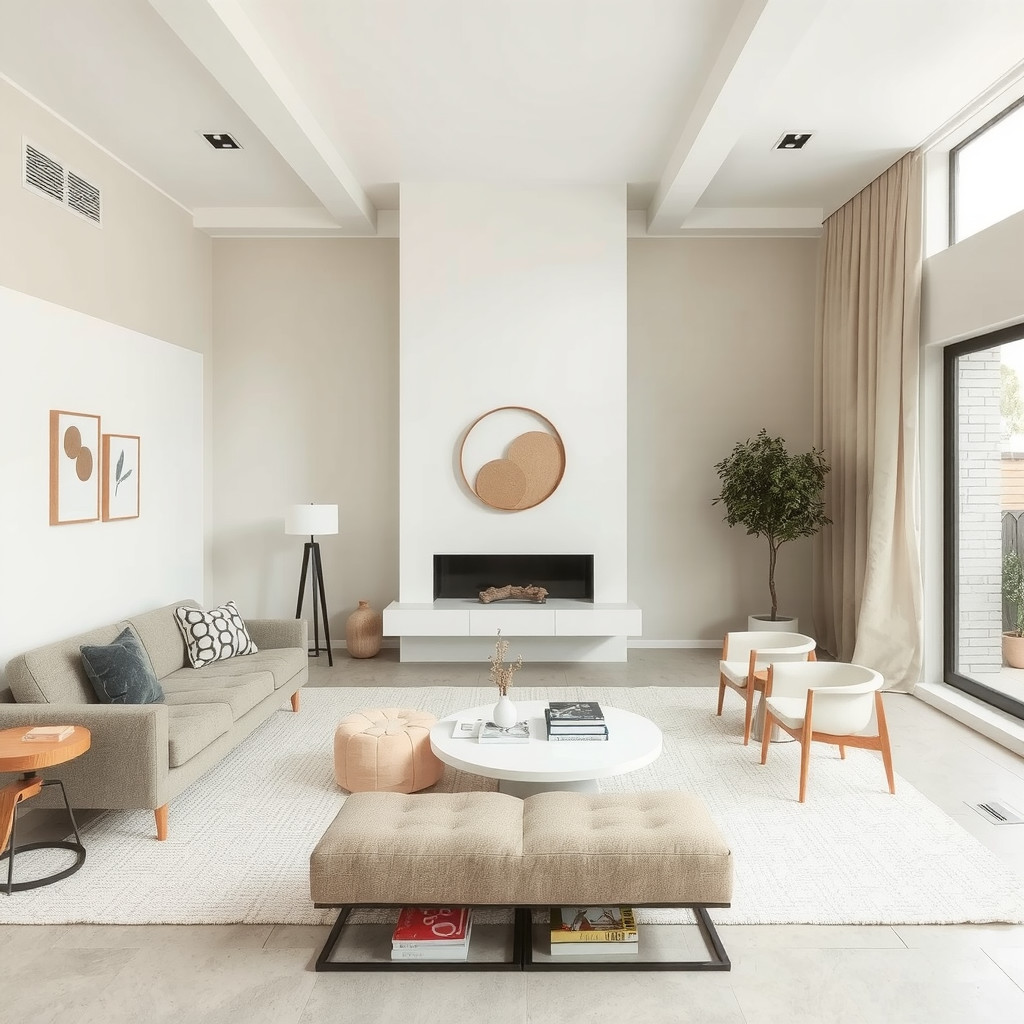ADVERTISEMENT
Introduction
You want a small house that feels calm and spacious. Quiet minimalism gives you that without coldness. Choose a soft palette, low visual noise, and objects that breathe. Let daylight be the star. 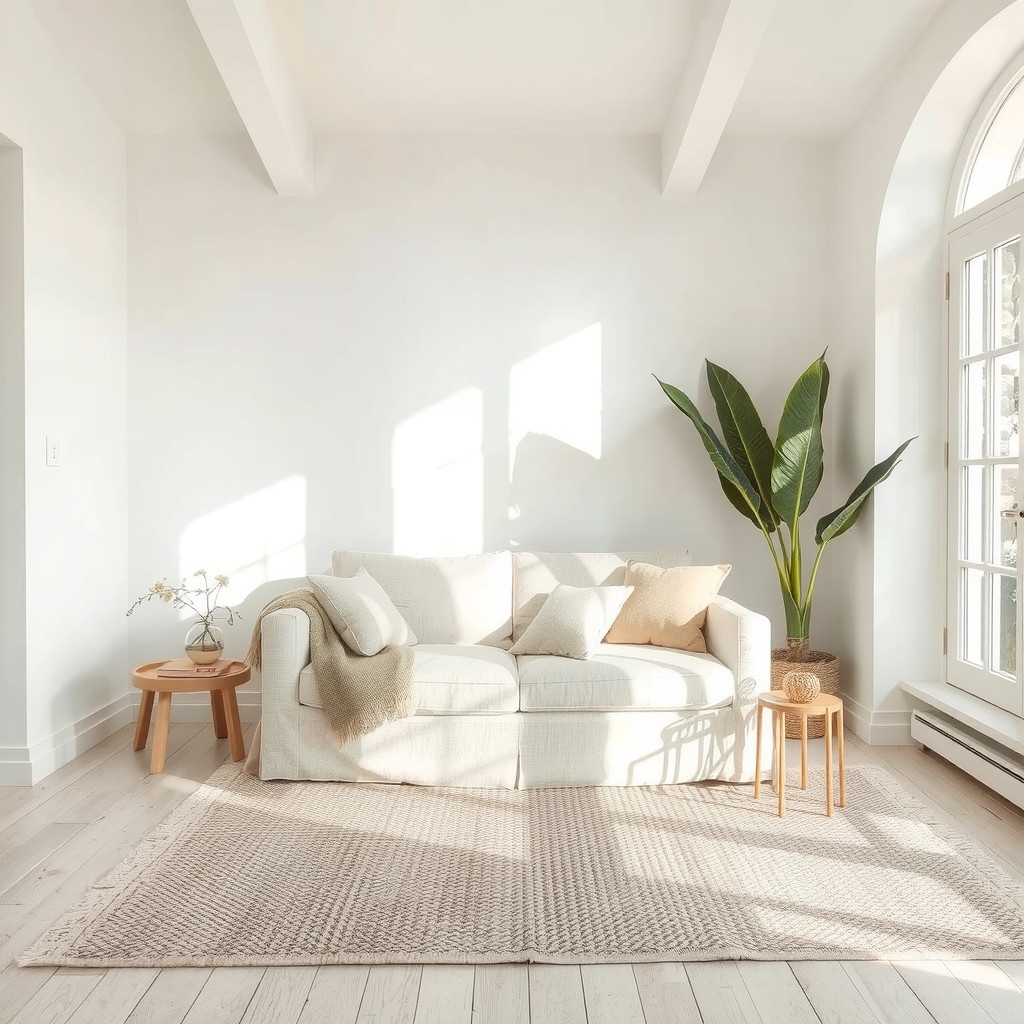
Layout and Positioning
Think of flow before furniture. Place pieces to create clear paths and sightlines. Float a slim sofa off the wall to reveal flooring and keep the room airy. Use narrow console tables behind seating for storage and balance. Anchor seating with one low-profile rug instead of multiple layered carpets. Keep zones distinct but visually connected. 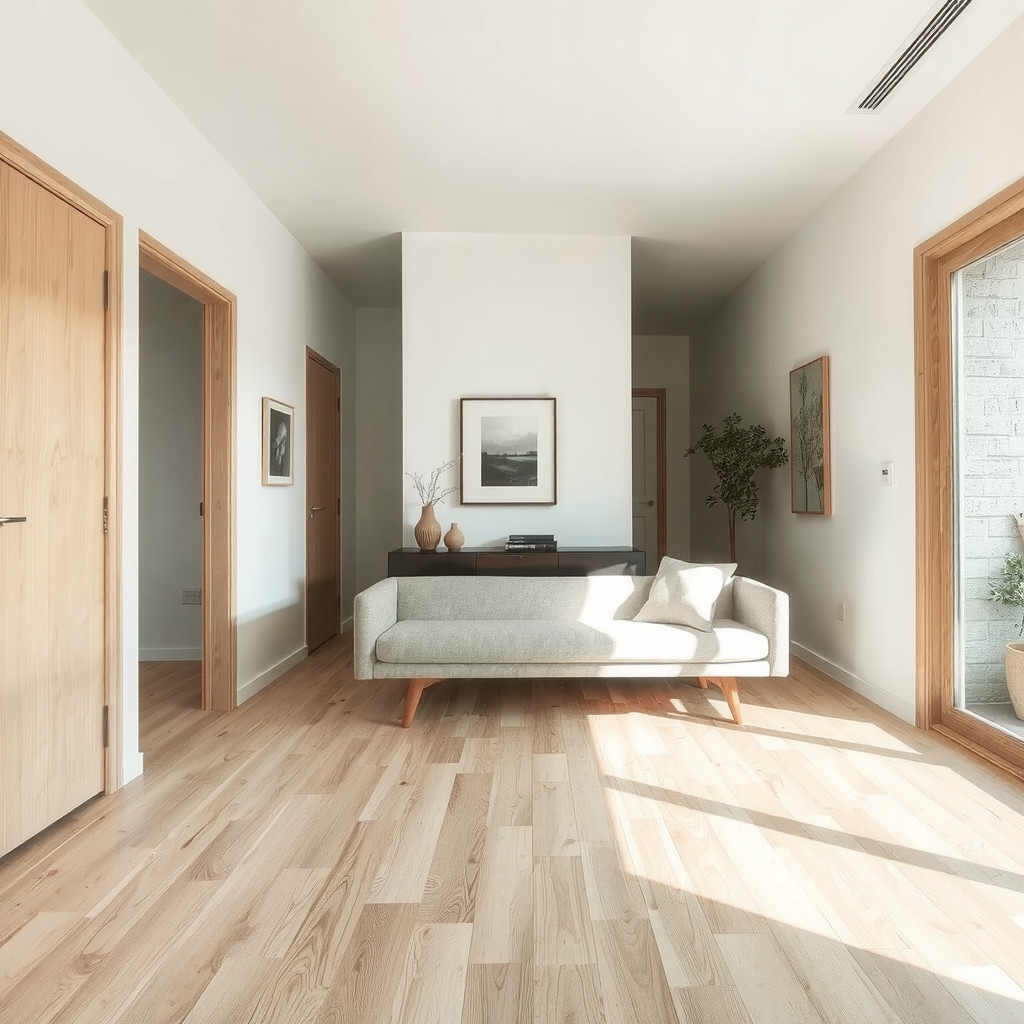
Materials and Textiles
Stick to a restrained material story. Natural linen, matte woods, soft-wool rugs, and smooth plaster walls read minimal yet warm. Limit patterns to one small accent, like a raw-wool throw or a handwoven cushion. Textures add depth without clutter. Choose washable textiles where you live and entertain. 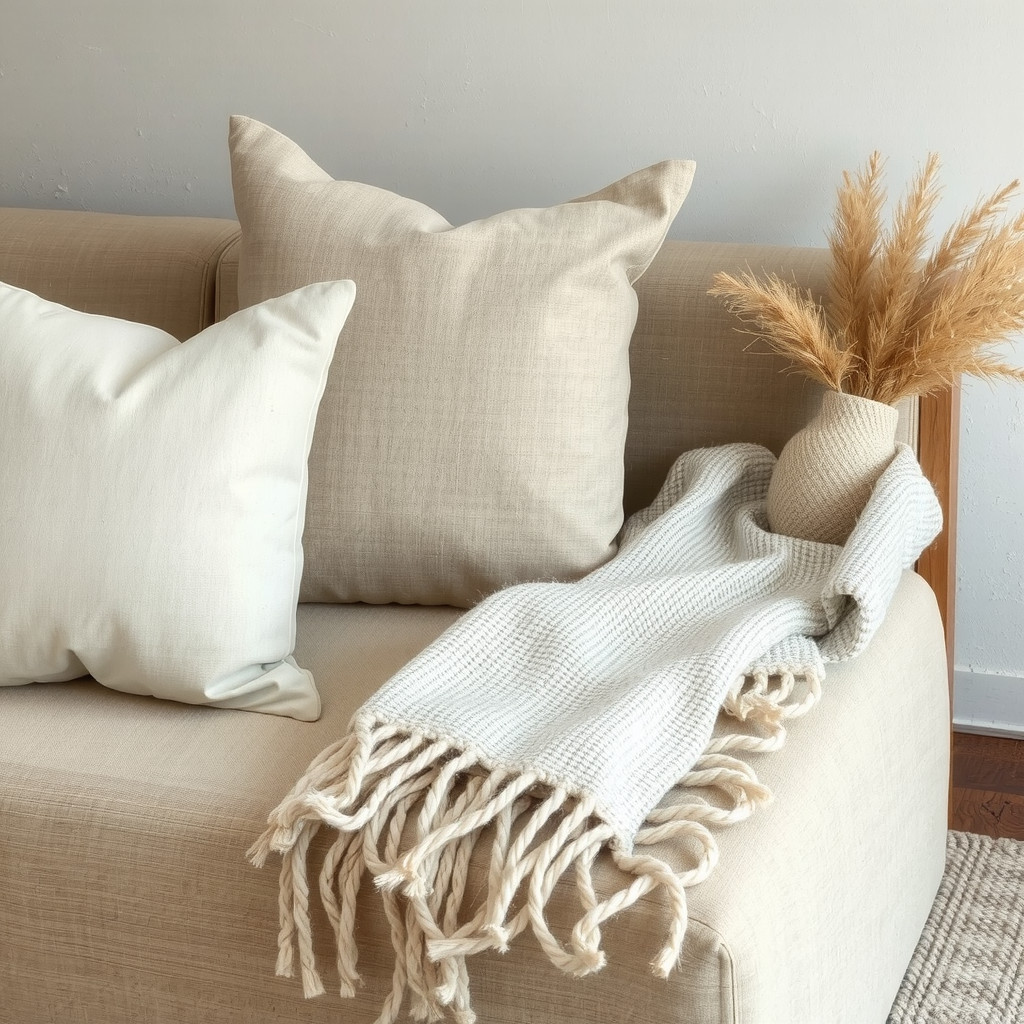
Focal Points
In a minimalist small house less is louder. Choose one focal piece per room: a sculptural mirror, a single artwork, or an elegant fireplace mantel. Keep frames simple and let negative space frame the object. Mirrors double the sense of depth and reflect light from windows. Position your focal point where you naturally pause. 
Lighting
Layer light in three tiers. Start with soft ambient light to fill the room. Add task lighting where you read and cook. Finish with a single accent fixture to sculpt shadows. Use warm LED bulbs and dimmers to tune mood. Let fixtures be slim or pendant-style to avoid visual bulk. Nighttime should feel cozy, not stark. 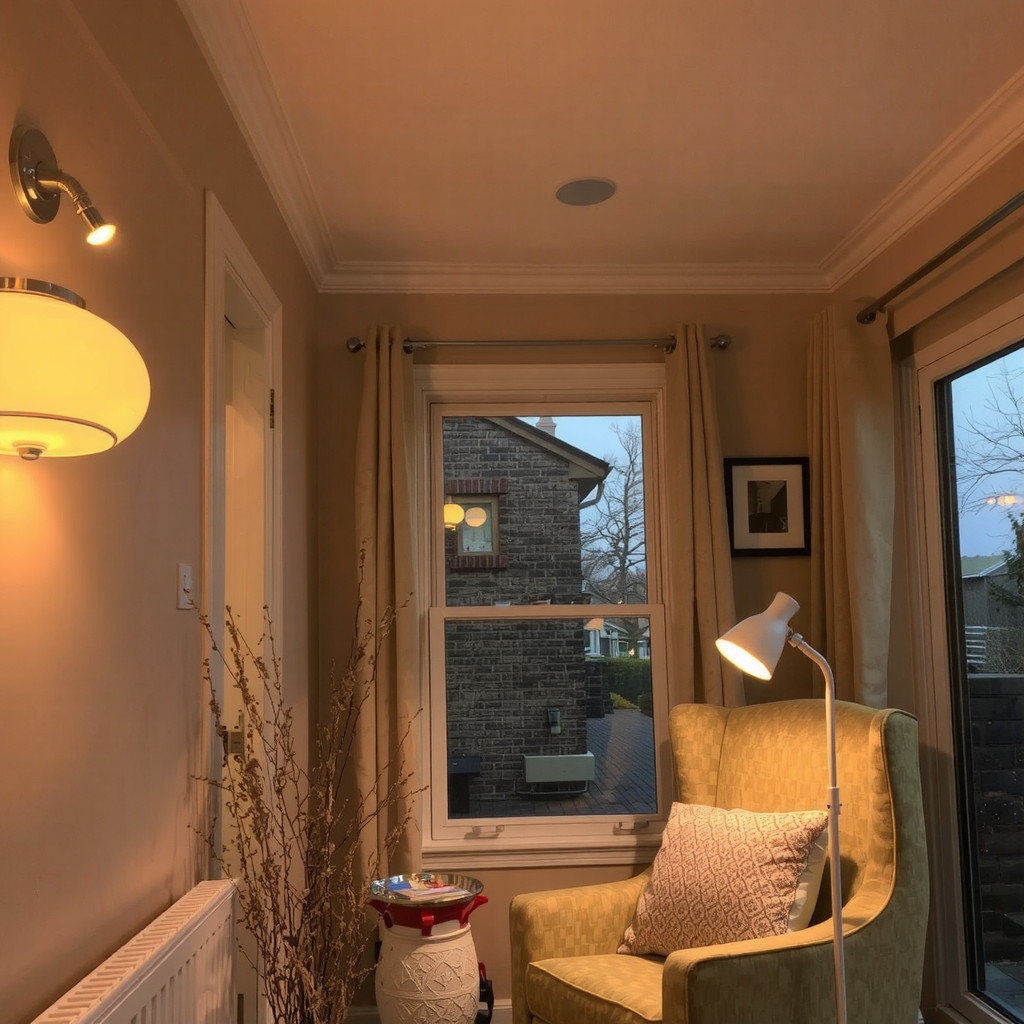
Greenery
Choose plants that suit light and scale. Tall, narrow plants like a fiddle-leaf or olive tree add vertical interest. Small potted succulents or trailing pothos soften shelves. Use ceramic or textured planters in the room palette to keep cohesion. Rotate plants near the window and prune for clean silhouettes. 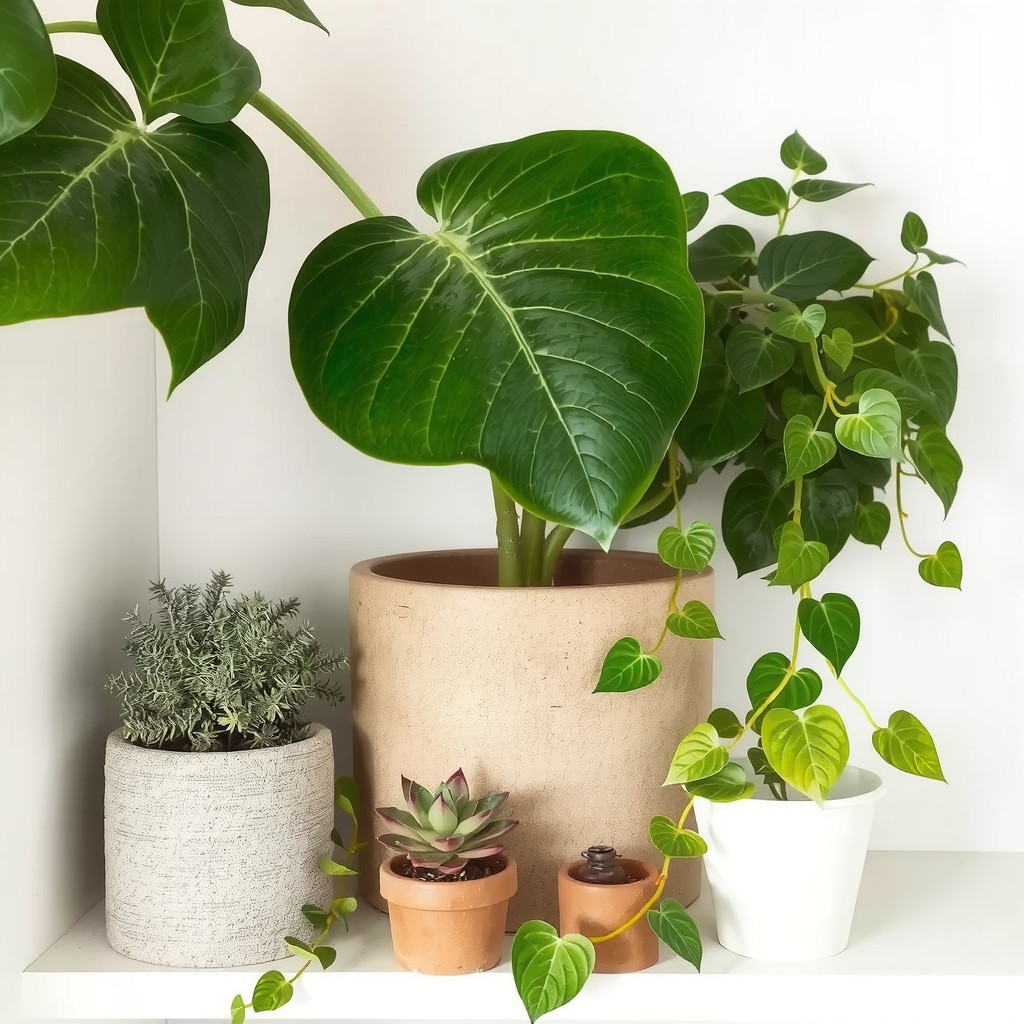
Tips
- Edit often: clear surfaces monthly to keep visual calm.
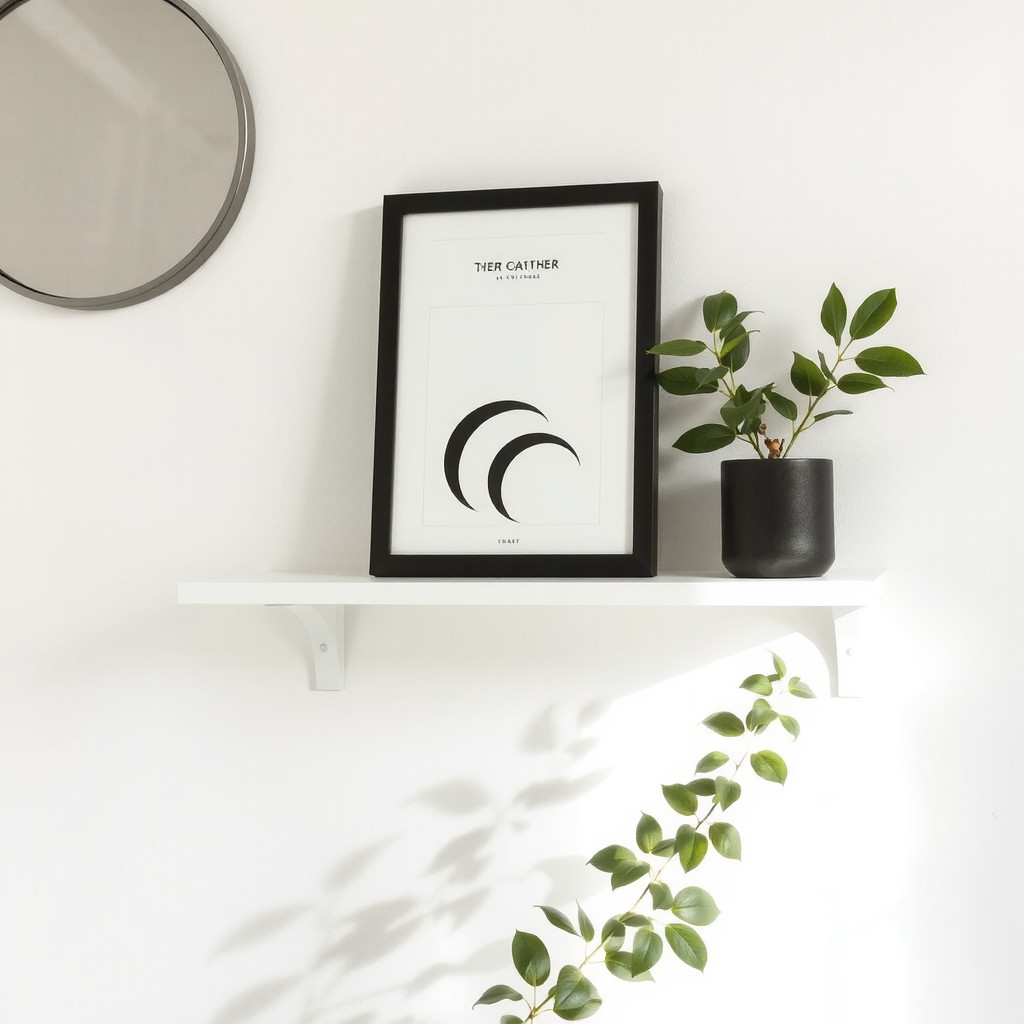
- Choose multipurpose furniture: a bench with storage, a nesting table, or a daybed that doubles as seating.
- Keep a consistent color temperature for bulbs to avoid visual clashes.
- Let wood grain and tactile textiles be your subtle accents.
- Limit decorative objects: three meaningful pieces per room is a good rule.
- Use rugs to define zones but keep edges visible to enhance depth.
- Opt for built-in storage where possible to hide clutter and keep lines clean.
ADVERTISEMENT
